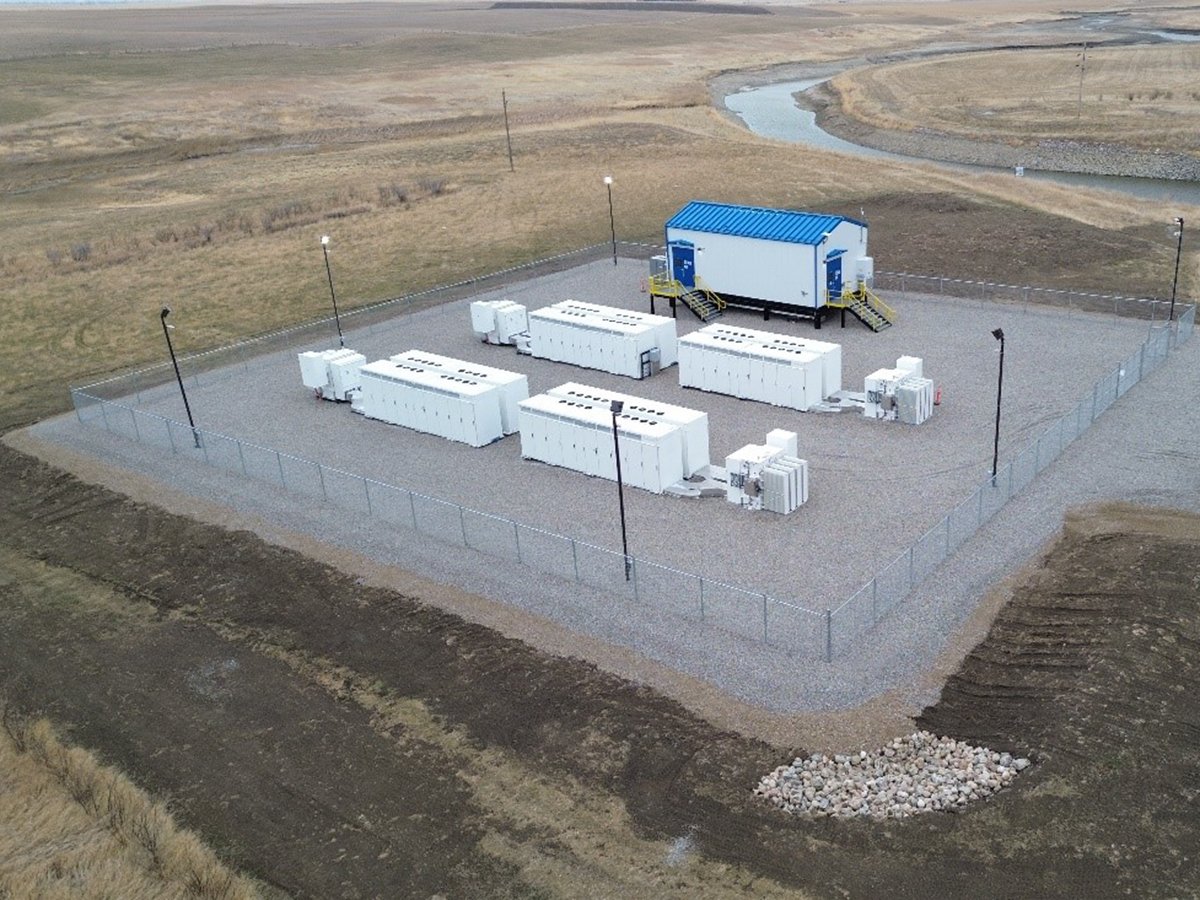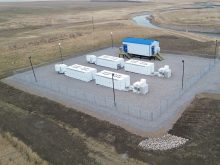OTTAWA – In the face of government-wide spending cuts in the February budget, the Agriculture Canada research branch fared relatively well, say government and research spokesmen.
It reflected a pre-budget promise by agriculture minister Ralph Goodale that he would do what he could to protect research spending from the cuts.
Last week in an interview, he reiterated the promise.
“We will have to do some reallocating within the department but we will do that so that the R and D commitment remains as strong as possible,” he said March 3. “I am confident I have protected it.”
Read Also

Irrigation districts grow renewal power footprint
Irrican Power in Alberta helping generate tens of millions of dollars for two southern Alberta irrigation districts through various renewable energy projects that add to the province’s power grid
The minister received praise for his efforts from a scientist inside the agricultural research system.
“In general, I would say they did as well as we could have hoped,” said Wayne Pettapiece, an Agriculture Canada researcher in Edmonton and chair of the scientific societies co-ordinating committee of the Agricultural Institute of Canada.
“In government, the word is reduce so in that context, I would say support for agricultural research is holding as well as we could expect it would.”
According to spending estimates tabled in Parliament for the 1994-95 fiscal year beginning April 1, the budget for the Agriculture Canada research branch will increase almost $11 million to $269.5 million, even as the overall departmental budget is reduced by almost $200 million to just over $2 billion.
Spending plans also authorize Agriculture Canada to increase research branch staffing by 56 positions to 3,231.
“There is an overall increase in budget while elsewhere there are cuts,” said Janet Milne, director general for strategy and planning in the Agriculture Canada research branch.
Figures deceiving
However, she said in an interview the figure is somewhat deceiving at first glance. In fact, the cut in operating budgets throughout the government will take $8.8 million out of the research branch next year.
The increase comes because the new Liberal government has restored more than $17 million in capital spending that was cut by the previous Conservative government during the past two years.
“It is of course important that we maintain and improve our plant and this restores the budget to 1992 levels,” she said. “This money will not be used to hire new people or to fund new research but of course, there is no sense having research dollars you don’t have facilities where they can work.”
Milne said even though there has been authorization to increase staff levels, that likely won’t happen. Whether the new positions are filled depends on whether departmental managers want to spend limited resources on new staff, at the expense of another area.
“I would expect the staff level to remain fairly stable,” she said.
While government funding levels likely will continue to fall, she said the research branch will try to hold its own or even expand by convincing private sector groups or firms to invest in the department’s research effort.
For Pettapiece, the first signal from the government has been relatively positive, despite continued restraint.
“I guess we feel confident that they are serious about maintaining the research effort,” he said. “We are willing to take their words at face value for now and wait and see what they do.”














